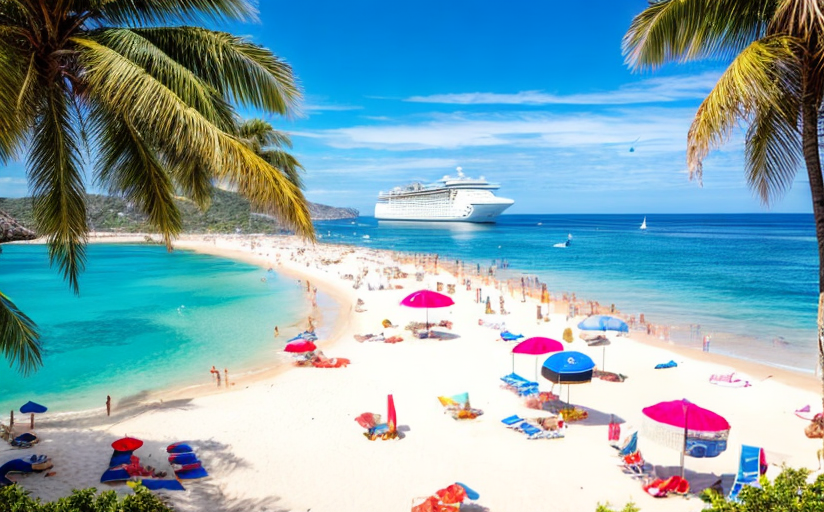The Impacts of Overtourism on Popular Travel Destinations
Overtourism refers to an excessive influx of tourists to a particular destination, exceeding its carrying capacity and drastically affecting its socio-cultural and environmental facets. This phenomenon has become dramatically prevalent in the recent years, leading to substantial adverse impacts on many popular travel destinations across the globe.
Environmental Effects
The environmental effects of overtourism are increasingly alarming. These include degradation of natural landscapes, pollution, depletion of resources, and disruption of wildlife habitats. For instance, in places like the Galapagos Islands and the Great Barrier Reef, visitor pressures have accelerated climate change impacts, including rising temperatures and sea levels, causing irreversible damage to these fragile ecosystems.
Effects on Local Communities
On a socio-cultural level, overtourism displaces local communities, erodes cultural heritage, and creates socio-economic divides. An example of this can be seen in Venice, Italy, where the rapid influx of visitors have turned the city into a veritable museum, driving out locals and making ordinary living unsustainable.
Causes and Consequences
The surge in tourism can be attributed to a multitude of factors including the rise of budget travels, the allure of 'bucket list' experiences, and the pervasive influence of social media. While tourism is often viewed as a vehicle for generating economic growth, the escalating consequences of overtourism highlight an urgent call for rethinking our travel habits and strategies.
Mitigating Overtourism
How to mitigate these adverse impacts? One promising approach is sustainable tourism. This concept advocates for a greater sense of responsibility among tourists, travel companies and local governing bodies to protect the environment and respect local cultures.
Implementing Limitations
Authorities in affected areas can implement limitations, from capping visitor numbers, to introducing tourist taxes, or promoting off-season travel. The Inca Trail to Machu Picchu in Peru for example has set strict limits on the number of daily visitors to minimize environmental impact.
User Awareness
Travellers also play a vital part. By being aware of specific issues faced by destination communities and choosing to behave in environmentally and socially responsible ways, we can contribute to mitigating the impacts of overtourism.
Innovation and Technology
Lastly, innovative solutions and technology can also assist. Digital platforms can offer real-time information to travellers to divert traffic from overcrowded sites to less visited locations.
Conclusion
As we continue to traverse the world and learn about its cultures, let's aim to respect our shared global heritage and be mindful of the footprint we leave behind. The need for responsible, sustainable tourism has never been greater. Conscientious travel ensures not only the longevity of beloved destinations but also a better travel experience for future generations.

















Comments
Leave a Comment